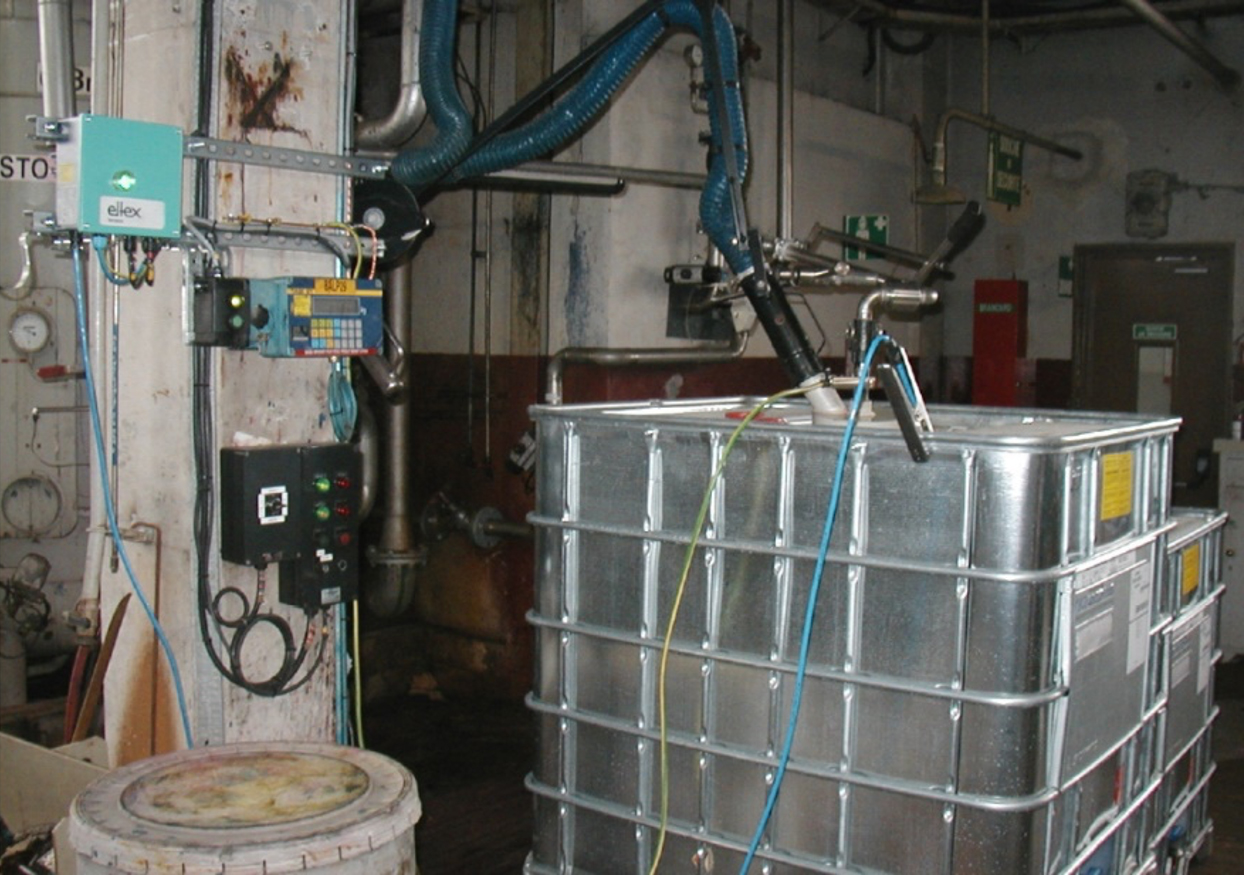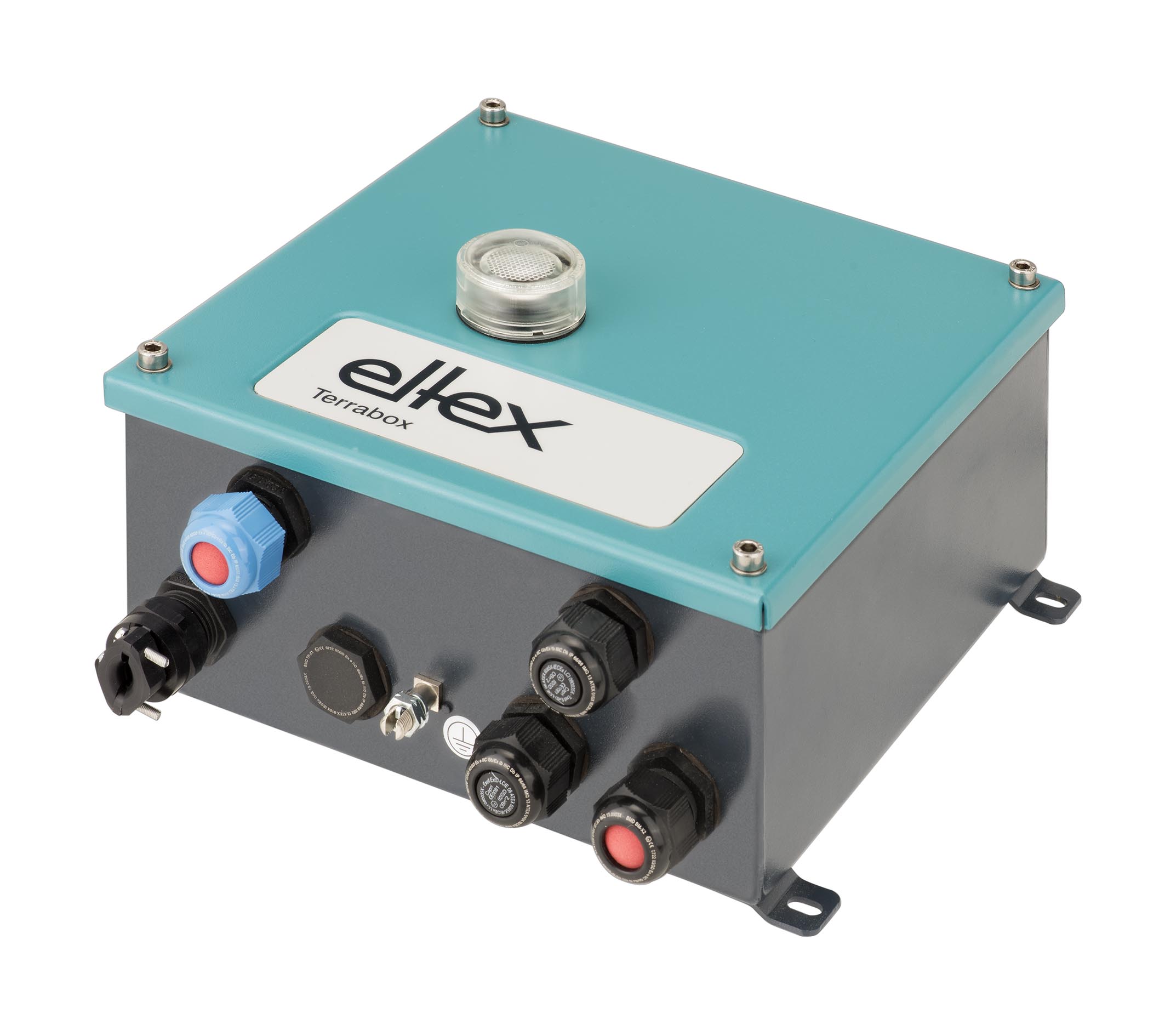How Smart Electrostatic Grounding Helps you Avoid Risks
When sparks are flying, that is not necessarily a good thing. In industry, uncontrolled electric discharges are one of the most frequent causes of explosions and fires. Long-term studies have shown that they are the third-ranking hazard source when combustible substances are moved. These include mineral oil products, disinfectants, adhesives or solvent-based paints and varnishes in filling plants, paint stores and print shops.
What can we do for you?
The most frequent causes for explosions of combustible media
Spontaneous combustion
Overheating of moving parts
Electrostatic discharge sparks
problems during grounding!"
happened so far"
I always ground correctly"
Don't make the mistake of relying on such statements! The sources of error in electrostatic grounding are often not visible to the naked eye. Incorrect grounding attempts often give production employees a false sense of security. Tragically so, because this increases the risk of an explosion or fire.

One example: In practice, barrels and containers such as BigBags or tank trucks are frequently found to have well-intentioned but faulty grounding. For example, unsuitable tools such as battery clamps or welding guns are used. Thus the users have no chance to check if the contactor is able to pierce through paint or a layer of dirt, if the cable has an internal break or if a grounding point is really connected to potential equalization.
Six common mistakes to avoid during electrostatic grounding






Don't wait until the case of damage has occurred. Act now! Using an Eltex ground monitoring system eliminates all of these potential hazard sources.
Why is electrostatic grounding so important?
Electrostatic energy occurs when solid or liquid surfaces rub against each other. For example, when pumping non-conducive explosive media through a pipeline. Ions of one potential are deposited on the vessel/inside pipe wall, while ions of the opposite potential are diffusely distributed in the medium being moved.

As a result of the movement, the charge carriers on the tube are separated from those in the liquid. The latter becomes charged - and when it flows out of the pipe, it releases the charge uncontrollably into the collection container. If this container is not grounded, it acquires an electrostatic charge. If you then move this container close to grounded machine part, there will be a sudden flow of charge. The resulting discharge spark can ignite the existing gas/air mixture and thus cause a fire or explosion.
It is imperative to avoid this effect and the risk it incurs.
Three industries, three examples. How to ensure smart grounding

Container grounding in filling plants

Ground Monitoring in Paint Shops

Ground Monitoring in Gravure Print Shops
Our expert will be pleased to advise you on electrostatic grounding
Walter Schwarzwälder, Sales Manager Grounding: "Electrostatic energy is the third largest explosion hazard in industry. Controlling it protects production employees – and is much cheaper than fixing damage. In real-life applications, we often see inadequate attempts at grounding. We would be glad to provide advice or carry out an on-site assessment of your production system."
More information about Eltex grounding products:
Eltex Products GROUNDINGIn good cooperation with:









